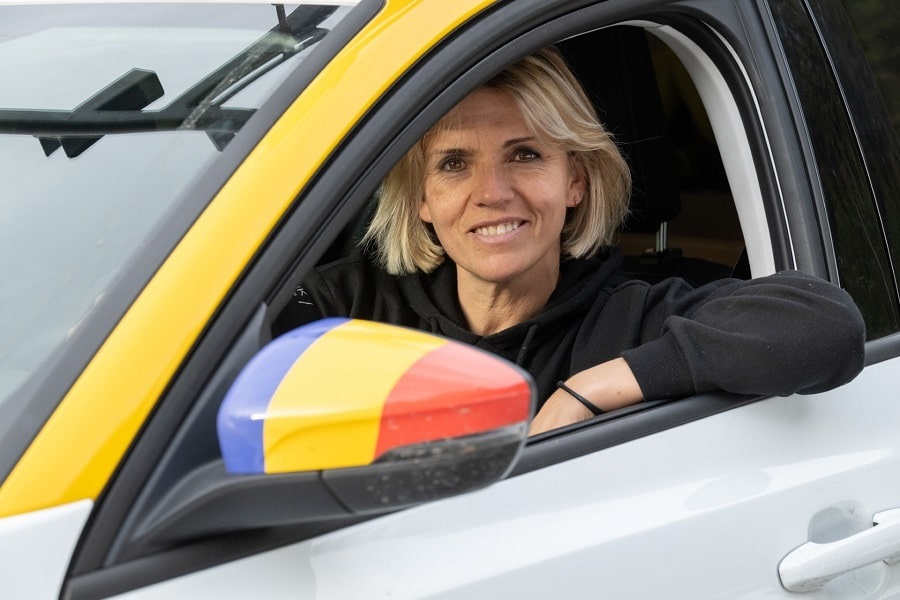Six Must Know Golden Rules of Mountain Safety and Eight mistakes not to make
Due to the closure of many ski lifts around the world, mountain enthusiasts are heading into the back country and often into unsecured areas. Here are 6 mountain safety golden rules that should be applied at all times.
In the mountains it doesn’t take much to turn an adventure into a nightmare. 90% of fatal avalanches are triggered by their own victims, who, if they have survived the ride, have only 15 minutes to be rescued.
To limit this risk and be able to take full advantage of the mountains there are three steps to follow:
1 Training
2 Preparation
3 Vigilance
The Freeride World Tour shares the information with its athletes and fans.
1 TRAINING
If there is one basic rule to remember, it is this one: Get educated! The mountains are an unforgiving environment, and there is no point in having the latest equipment with all the best features if you don’t know how to use it.
An avalanche transceiver requires training to successfully search for an avalanche victim. Once found, the victim must be dug up using a precise technique to prevent the snow from falling on them, and thus avoid the risk of suffocation.
The techniques of terrain identification, rescue, and use of equipment will never be as well explained as during a mountain safety training course.
2 PREPARATION
No one should head out without the proper equipment. At a minimum, a rider should have a helmet, Avalanche Beacon, shovel, probe, and an airbag. You should be dressed in warm, wind and waterproof clothing equipped with recco reflectors to facilitate your localisation.
Once you have all the equipment ready, it is important to check that it is in good working order. Although it may seem obvious, most people forget to check the battery on their avalanche beacon and adjustment of their skis.
With the basic equipment ready, you will need to plan your outing. Plan using the following:
The itinerary
The weather forecast
Snow conditions
Avalanche bulletins
At the beginning of the excursion, don’t hesitate to talk with the patrollers to find out the details of the destination and the state of the area in general. The patrollers often have information that you will not find anywhere else.
Once you have arrived at your chosen destination, it is essential to observe the mountain carefully and then assess the risks and feasibility:
The degree of slope/ steepness of the face
The exposure of the face
Altitude
The effects of sun and wind on the snow
Obstacles: trees, cliffs, rocks, crevasses
Safety signs placed by the patrollers
Take the time to make snow cuts to observe the composition of the snowpack.
Thick homogeneous layers are better than several small unstable heterogeneous layers.
Moreover, a homogeneous mantle limits important temperature differences between the different layers. Ask yourself on which type of mantle you are going to be skiing: on a 3 m thick mantle or on a 1 m mantle? It is important to know which fragile layer you are going to reach first, and therefore how much pressure to put while skiing.
You have to be sure of your level before committing yourself. Don’t overestimate yourself, choose lines according to your level of skiing or snowboarding.
8 mistakes not to make!
1: Don’t leave without informing someone of your plan (friend, relative, patroller)
2: Don’t go alone
3: Do not go freeriding with an under-equipped person
4: Don’t follow tracks already made
5: Don’t stop in dangerous places on the face
6: Don’t go in large groups, separate and keep your distance
7: Don’t follow someone without first observing, use your common sense and check for yourself
8: Respect the mountain.
Don’t forget that we are very small in comparison to the majesty of the mountain, so ride it, but above all, respect it, and it will respect you.











